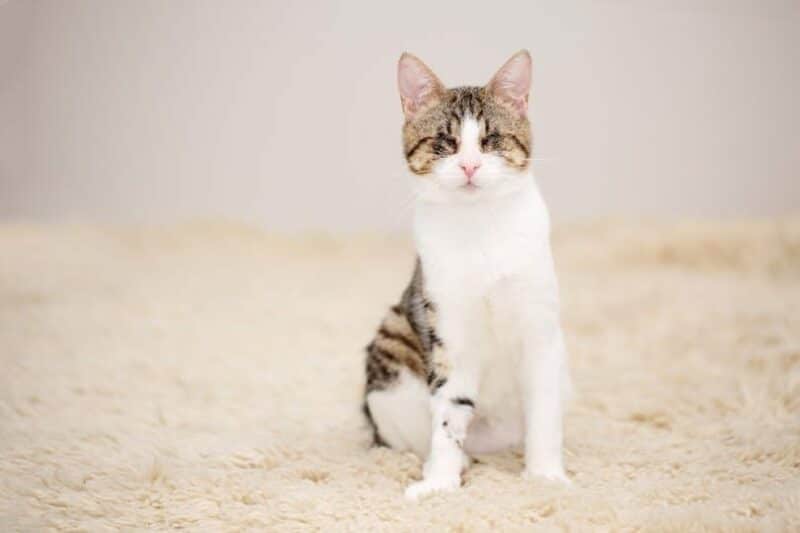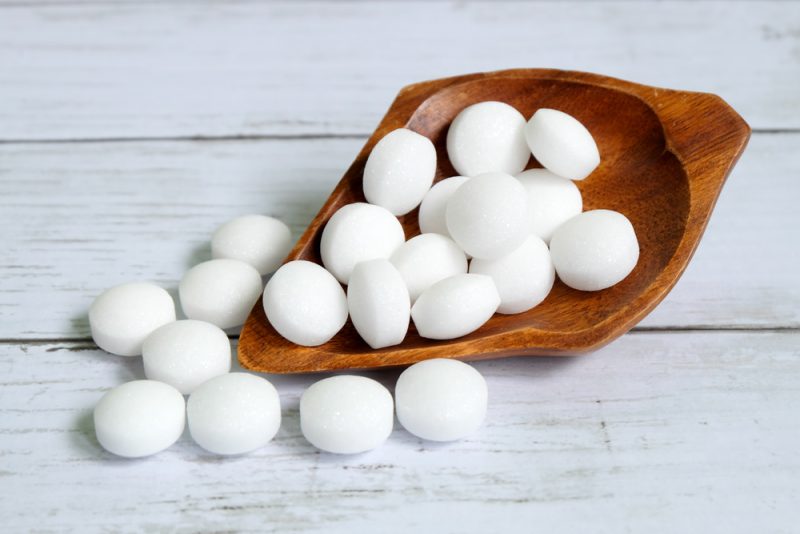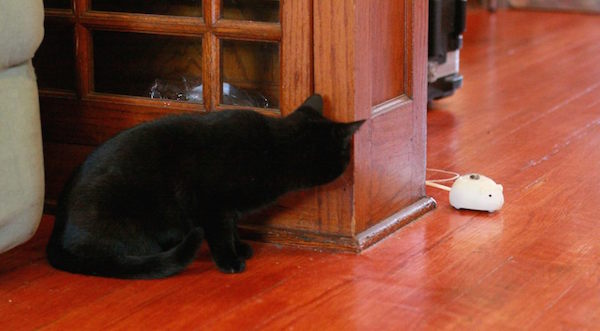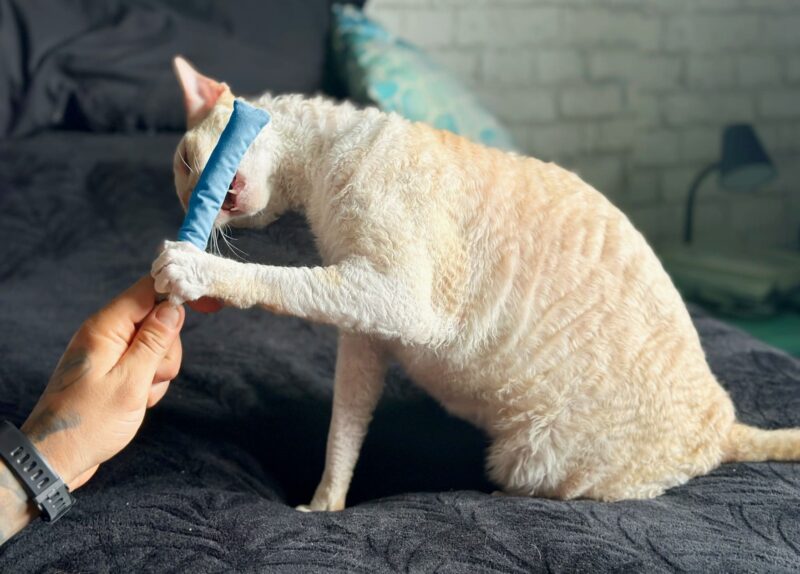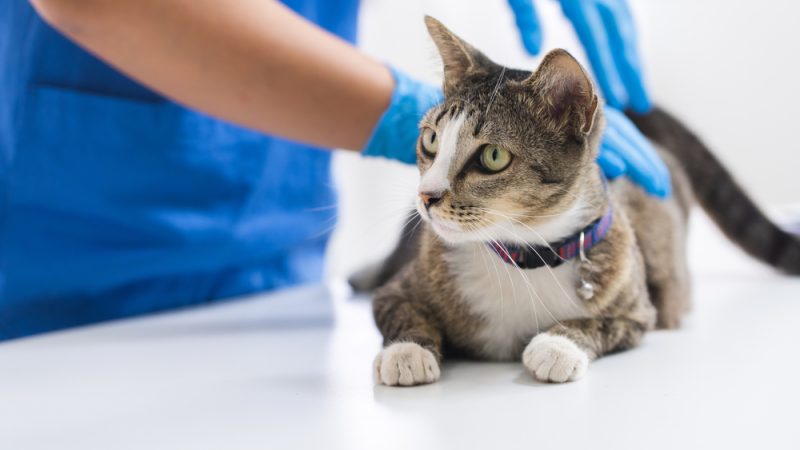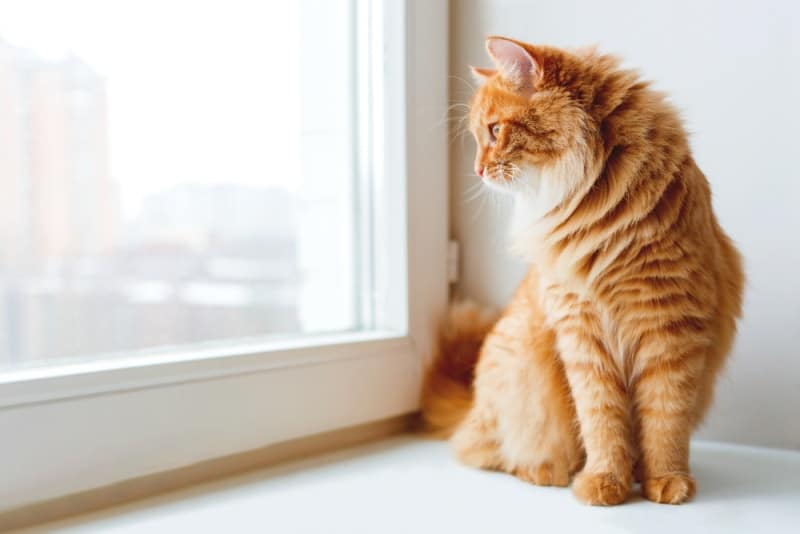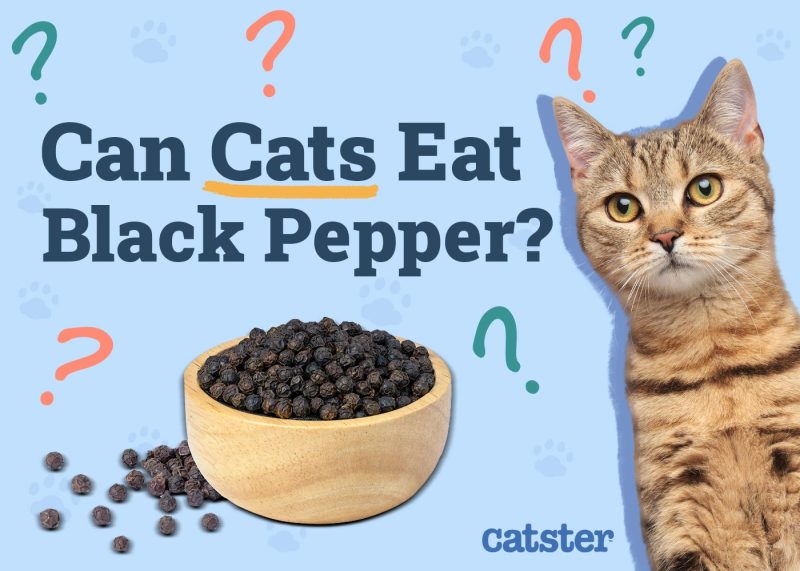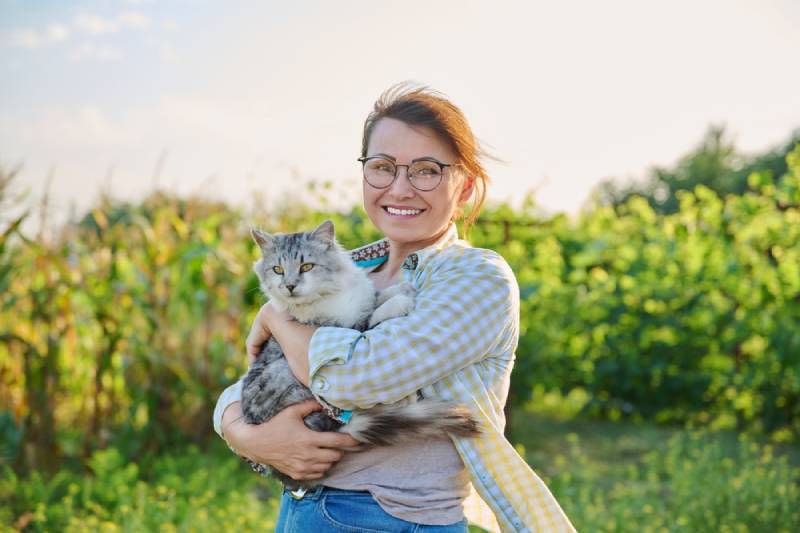According to the American Veterinary Medical Association (AVMA), about 37 million households have cats. And of those 37 million, each has an average of 1.78 animals per home.1 With those numbers in mind, it’s a safe assumption that many cat owners face the challenge of introducing two cats to one another, and some pet parents have more success than others.
So, how long does it take for cats to get along? It is impossible to predict how long it will take for cats to become friends. Many variables can affect how the animals respond to a new household member. It can often take at least a few weeks of supervised introductions, but sometimes it takes longer. Moreover, some cats may never get used to each other. However, understanding the feline mind can help smooth the way to a peaceful home.

The 3 Factors Affecting How Cats Interact With One Another
Cats are more in touch with their wild side than dogs. Whereas humans domesticated canines around 40,000 years ago, it was a more recent event for felines roughly 12,000 years ago. Dogs proved themselves helpful right from the start. However, scientists remain puzzled as to why people accepted cats so readily to the point of worshipping them, as they didn’t help us like dogs did in their various roles, aside from mousing, of course.
Our cats have evolved to become less reactive, fearful, and aggressive toward us. However, what effect has evolution had on their relationships with each other?
1. Hunting Behavior
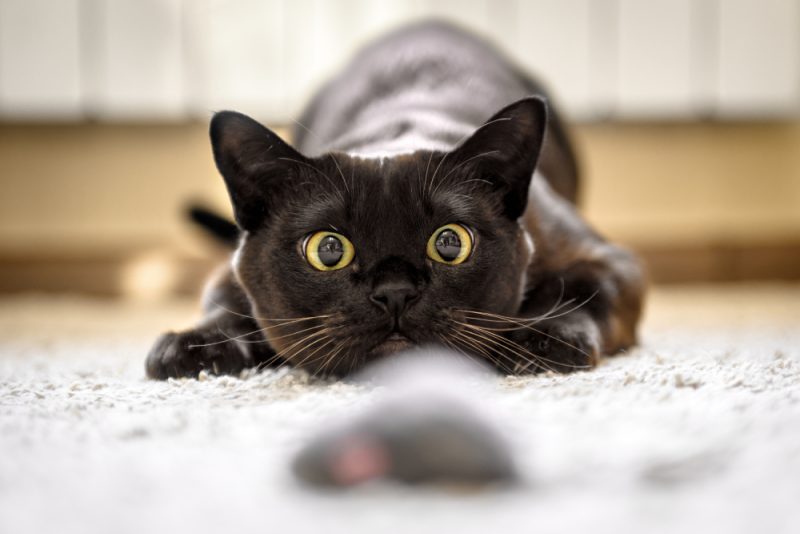
Remember that cats are solitary hunters, with the notable exception of lions. They adapt their daily patterns to their prey’s behavior, whether it’s nocturnal rodents or diurnal birds. Our feline companions even learn their prey’s routines and adjust their sleeping patterns accordingly. At the heart of their behavior beats the heart of a territorial predator.
Our pets have a core area within the home as part of their territory. That’s where your kitty feels safest. The perimeter of this space marks their territorial boundaries. Intact animals will scent mark it to alert other would-be interlopers that it’s occupied. It’s adaptive behavior since it reduces the risk of conflict and supports survival. Along with this cats have a keen sense of smell that exceeds humans, and a Jacobson organ that helps detect chemical messages left around by other cats.
With all this in mind, instinct kicks in when you try to introduce another cat into your household. Your current pet may not view the animal as another friend but as a competitor, hence the hissing and growling that follows. Remember that it’s all about survival for cats. Felines haven’t had much evolutionary pressure to change these instincts, even if they seem odd or unacceptable. It’s their wild side taking the stage.
2. The Emotional Life of Cats
Research suggests that cats can experience the six basic emotions of surprise, fear, disgust, sadness, happiness, and anger.2 They may also feel spur-of-the-moment jealousy. The new kitty you’ve brought home may trigger these emotions, in addition to their instinct to defend their territory. If your pet has never met another cat, their first reaction may be fear or anger.
Felines don’t have a sense of time like we do; everything happens in the here and now. They may not understand the long-term effects of a brief encounter with another cat. It’s a threat to which they must react.
Another mitigating factor is socialization. The critical period for kittens is between 3 and 9 weeks old. Unlike dogs, pet owners typically don’t introduce their pets to other animals, like an individual may take their pet to puppy playtime. The window may close on a kitty without opportunities to meet different animals, which can contribute to the difficulties of introducing a new cat.
Genetics also plays a role. One study examined the behavior traits of 19 breeds.3 The cats most likely to show aggression toward other felines included breeds like the Turkish Van and Korat. On the other end of the spectrum were the Maine Coon, Devon Rex, and Persian.
We can conclude that some cats are predisposed to welcome other animals into the household, whereas others are less inclined. However, environmental factors and rearing also influence feline sociability.
3. Colony Living

Interestingly, feral cats can live in loose groups or colonies. They don’t form packs with a hierarchy like canids, but they get along. The main driver is adequate food availability. That makes sense since it is the ultimate reason behind territoriality and its defense. Again, all of this boils down to survival. These animals don’t need to defend the area because their needs are met.

Helpful Tips for Introducing Cats
As we mentioned, introducing cats may be a challenge. Many variables can affect how long it will take for two cats to get along, or whether they ever will. Sometimes, they end up just tolerating each other, with the occasional squabble when one becomes dominant. People don’t always see eye to eye, so why should we expect different from our pets?
When introducing two cats to each other, we recommend keeping the new kitty in their own room or safe space. They’re going through a dramatic transition becoming part of your household. They need time to acclimate and adjust to the new routines, sounds, and smells of their new forever home. The aim of a successful introduction is all about the first impression.
Cats are very scent-oriented, as it’s one way they communicate. You can begin by letting each animal get used to the other’s scent with beds or blankets each one uses. Don’t attempt to let them meet physically yet. Keep the door to the new pet’s room closed. An excellent way to nurture this relationship is by creating positive associations in both cats.

You can begin by feeding each one near the door after they’ve had time to acclimate to the other’s smell. If things proceed without hissing, you can then let each kitty explore the other’s space. It’s the unknowns that are scary for a fearful animal, and going about it this way helps to alleviate those fears.
We recommend proceeding slowly with this process. Don’t try to rush things. The goal is to keep things positive. You know your cat best and understand when your pet feels uncomfortable. You also have to build trust with your new pet. That takes time, too. Ideally, the first face-to-face meeting is with a gate or screen between the cats. Again, if either one growls or hisses, separate them.
These meetings are also excellent ways to use treats for positive reinforcement. Felines are intelligent. It won’t take them long to form this association, as long as both pets get rewarded. You should also praise them. Your positive attitude will go a long way toward bridging the gap.
You should supervise quite a few meetings between the two and avoid leaving the kitties alone together. This could take weeks or months. Also, ensure each one has their own food bowls, beds, and safe spaces that they can retreat to. And don’t forget the golden rule; at least one litter box per cat plus an extra one to ensure nobody is displaced. And if everything fails, you can always consult a veterinarian and ask them for advice.
If you need to speak with a vet but can't get to one, head over to PangoVet. It's an online service where you can talk to a vet online and get the advice you need for your pet — all at an affordable price!


Final Thoughts
Two cats can get along, but the key is to go slowly and follow each animal’s comfort level. Don’t rush the process, as it’s going to take some time for the two to get used to each other. Also, keep in mind that some animals may never become friends, as it really depends on each individual.
Featured Image Credit: Nils Jacobi, Shutterstock



